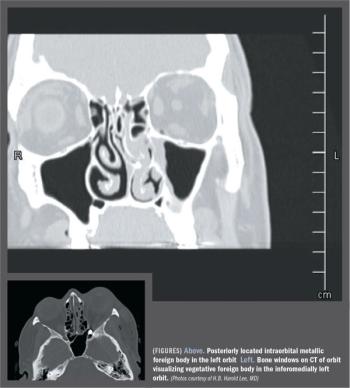
Removal of object may depend on potential risk, impact on patient’s vision
Cheryl Guttman Krader is a contributor to Dermatology Times, Ophthalmology Times, and Urology Times.

Removal of object may depend on potential risk, impact on patient’s vision
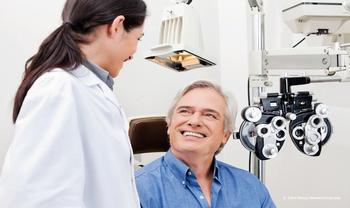

While MIGS has forever changed the surgical management of glaucoma, the space continues to evolve.

Supplementation no better than placebo as results confirm previous research
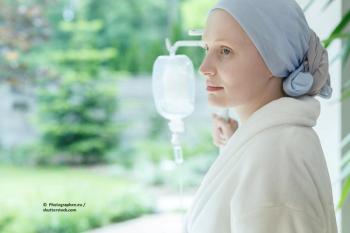
The probability of non-ocular malignancies differs between men, women
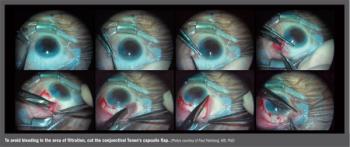
Several techniques can result in better surgical outcomes for patients

Understanding corneal anatomy can minimize risk of Descemet’s membrane rupture

Research does not support routine use to decrease the risk of PCME

Intracameral injection of cefuroxime, moxifloxacin decrease risk of endophthalmitis
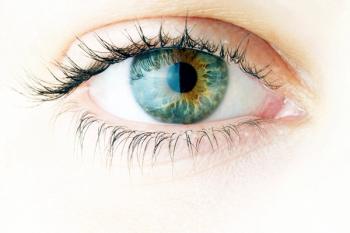
Sustained-release option overcomes limitations of topically administered drops
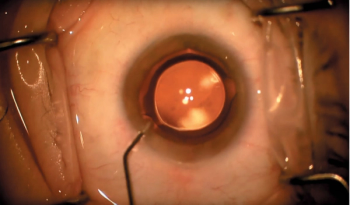
Research offers guidance on NSAID use, identifies etiologic role of abnormal IOP

Device in FDA trial for patients with corneal opacity, high risk of penetrating keratoplasty complication

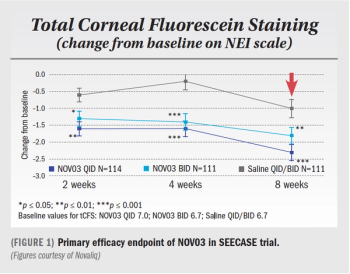
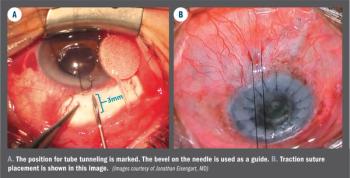
Some finesse may go a long way for physicians to ensure best possible result for patients
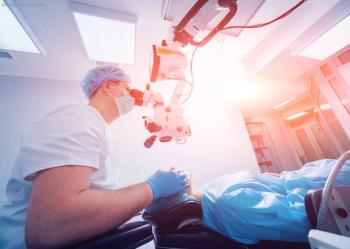
Secure closure of the scleral flap a key to avoiding early hypotony

Postoperative complications can have multiple causes and preventative measures

Question of which technique is superior remains unanswered amid shift to thinner grafts
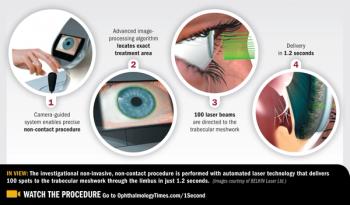
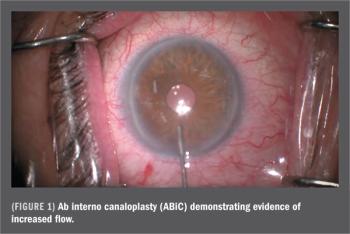
Surgeons can anticipate flurry of product releases that will drive innovation

Project involves development of patient-reported outcome measure
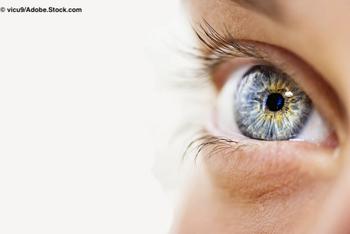
Retina specialist Ron M. Kurtz, MD, details the way collaborative innovation can improve the lives of ophthalmic surgeons, and their patients.
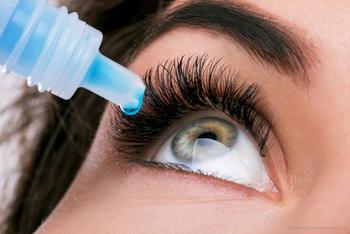
Patients prefer the convenience of using a compounded triple combination drop over a standard medication plan.

Procedure may be a promising option for presbyopia correction in emmetropic patients, according to results of clinical trial presented by Aylin Kiliç, MD, at ASCRS 2019.

A technique to assure complete separation of the cap and prevent a radial tear has been perfected by Steve Arshinoff, MD.

Sara Anastas, MD, discusses criteria for surgical intervention methods with either corneal crosslinking (CXL) or penetrating keratoplasty in pediatric patients.

Providing findings from a retrospective study, Li Lim, MD, noted that eyes with high myopia benefit from CXL add-on to LASIK, resulting in safety, efficacy, and predictability with refractive outcomes that are more stable than those achieved with LASIK alone.

The registry provides real-world evidence of safety, and durable efficacy of a glaucoma surgery device.

Stephen C. Pflugfelder, MD, honored as the recipient of the Binkhorst Lecture and medal at ASCRS 2019, lectured on the quest for tear stability in dry eye patients.

New technology offers surgeons the unfolding efficiency of an enhanced material along with the rotational stability that characterizes the current toric platform.